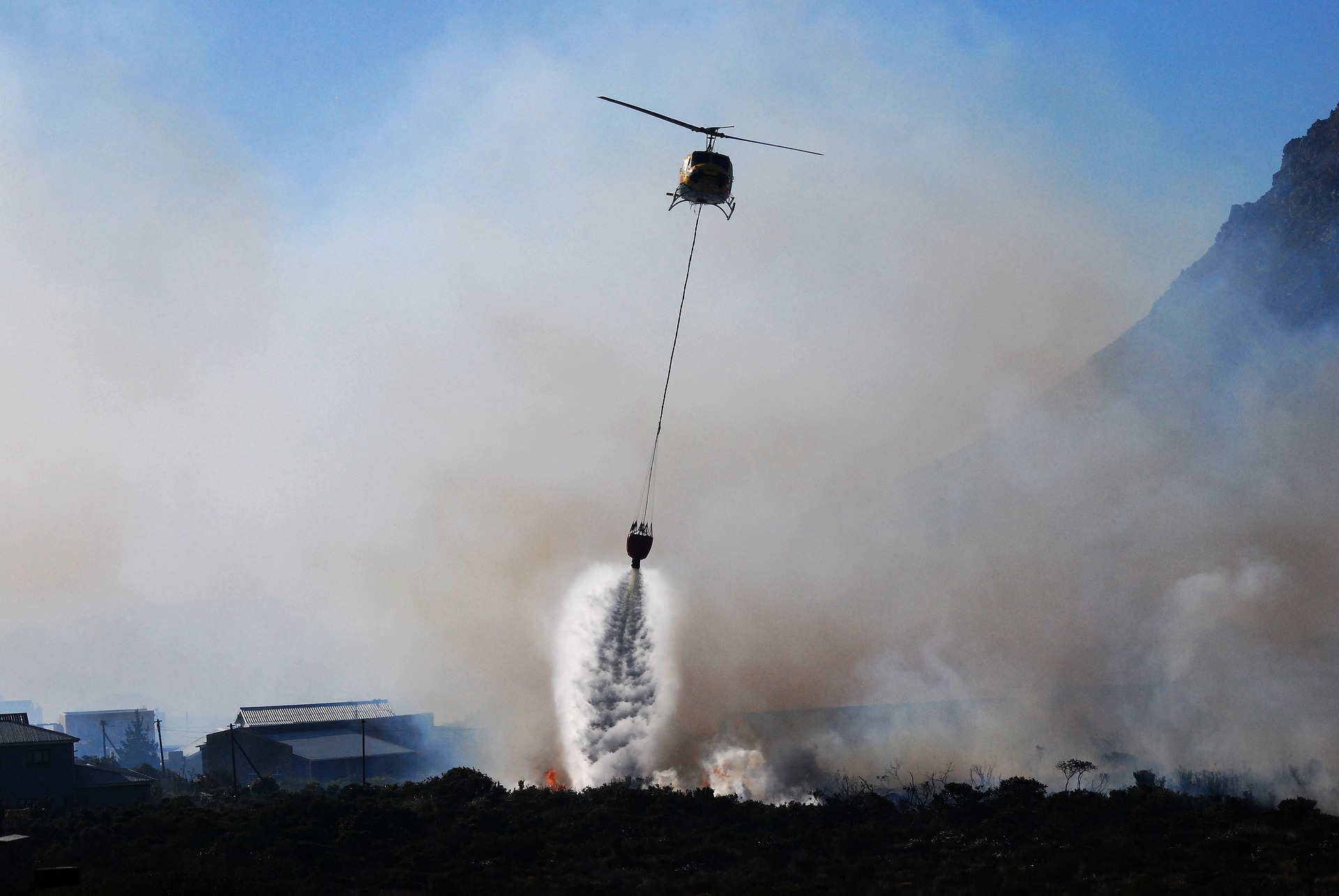
It’s an unfortunate fact that disaster can strike at any time no matter where you live, whether it’s a natural weather phenomenon, a fire, or an earthquake. While it can be stressful to live under the threat of a disaster all the time, it’s important to be prepared for any event, because many of these occurrences happen without much notice, if any. Knowing that you have the right tools to help you get through a stressful time — especially if you have mobility limitations — will give you peace of mind and will allow you to breathe a little easier.
You’ll need to think about the little things. For instance, packing a bag in case you need to evacuate quickly is a good idea, but does your bag have an ID tag on it? Your belongings might get separated from you during the hustle and bustle of an evacuation, so make sure it can easily be returned to you.
Read on for more great tips on how to prepare for any disaster.
How to pack
Put together easy-to-carry bags with enough clothing for at least three days, any medication and toiletries you’ll need, and paperwork such as your passport and a copy of your ID. Food, water, extra blankets, and other supplies — like your first-aid kit — should be kept in a container that has wheels or will be easy for you to carry.
Other disaster supplies include:
- flashlight
- batteries
- knife
- manual can opener
- loud whistle
- prepaid cell phone with charger
- list of phone numbers for friends and family
You should change out the clothing in your go-bag every season. Make sure the food and medicine you’ve packed is fresh, and change out anything that’s about to expire. Label all medication and items such as wheelchairs, walkers, and canes with your name and address.
Make a plan
It’s always a good idea to have a plan in place in case disaster strikes. Talk to your family members and go over where you’ll meet up if you’re separated when the event occurs. If you or a loved one has a caregiver, make sure that person is included in the plans. Make sure everyone carries the names, addresses, and phone numbers of immediate family members in their wallets or purses just in case cell phone service is out after the disaster. If you have mobility issues or other special needs, also make sure to take a look at this booklet form FEMA.
Identify evacuation routes
Your neighborhood or larger community likely has an evacuation route in place in case of a snowstorm, flood, or fire, so find out what the route is and go over it with your family members. It might be helpful to do a dry run in the car with your loved ones to make sure everyone knows where to go.
Make a plan for your service animal
Service animals (and all non-service pets) will, of course, have to be brought with you in the event of an emergency, but keep in mind that they’ll have needs, too. Pack enough food and water for your pet for a few days, plus a collapsible bowl set, a blanket or bedding, any medication they need, a collar with an ID tag, a leash, and any items they need for relieving themselves. It might also be helpful to have a list of names of nearby pet hotels, veterinarians, and kennels in case the place you end up staying in after the disaster occurs doesn’t allow animals.
It can be scary to think about preparing for a disaster, but knowing that you have everything you’ll need to keep yourself and your family safe will help ease your stress about the situation. Do some research about the area you live in to find out more about the types of disasters that could occur and what you can do to stay out of harm’s way.
Photo from Pixabay
